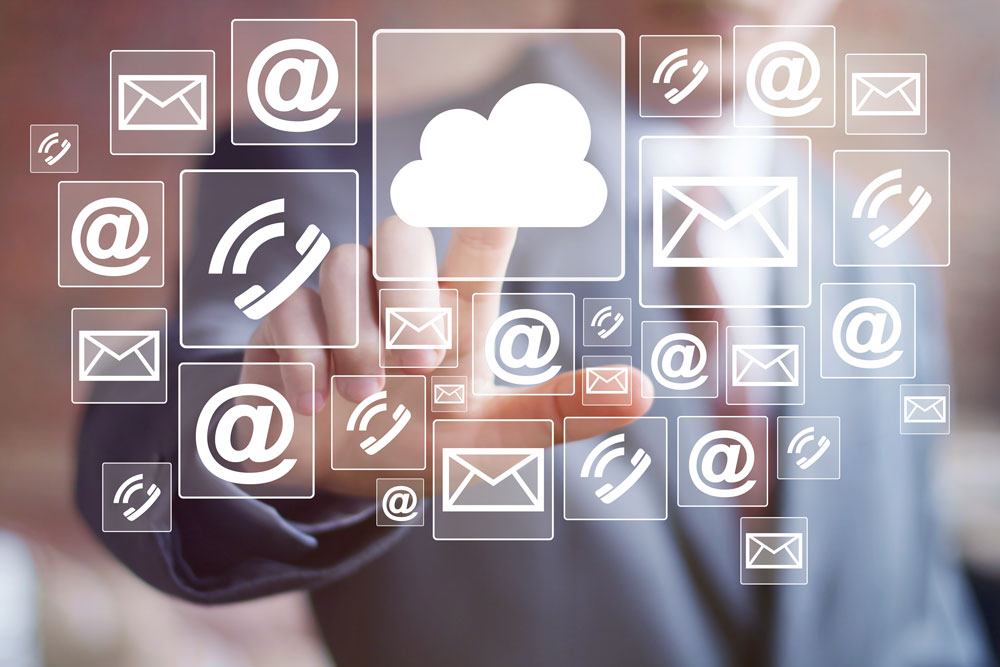
Cloud Adoption and Software as a Service (SaaS)
Most businesses today have adopted some form of Cloud Computing and Software as a Service (SaaS) to run their business. According to a recent article by Forester Research,“SaaS Improves Business Results Due To Greater Innovation and Agility — And Is Increasingly The Foundation for Business Opportunities.” Rather than investing up front in costly infrastructure, implementation and configuration, Cloud Computing using Software as a Service provides an economical and turnkey approach to access the latest technology at an affordable price. Here are some examples.
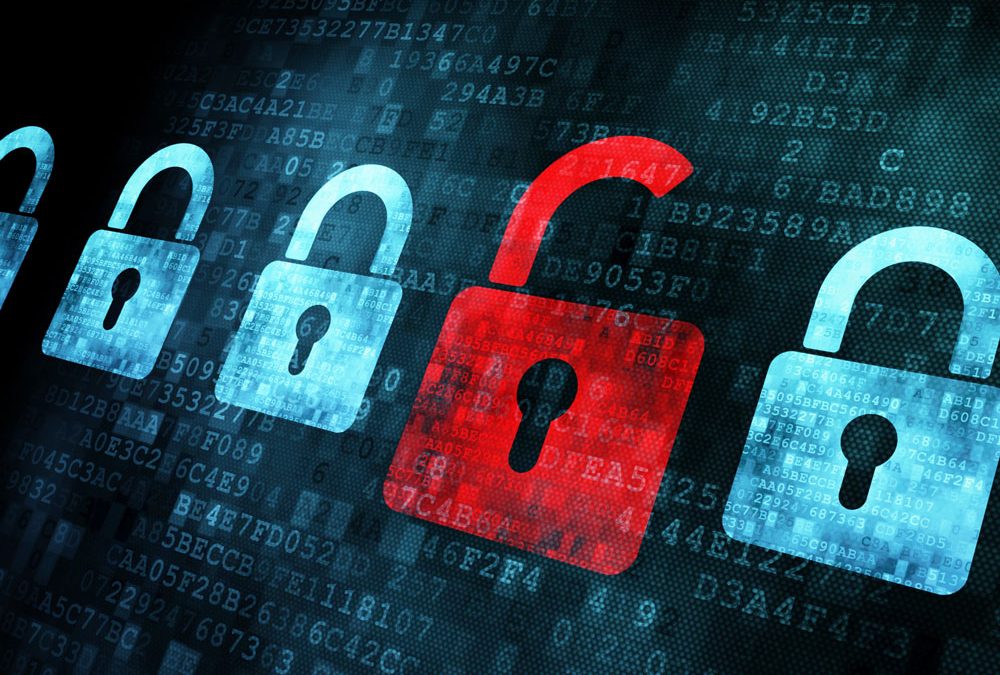
Network Security Precaution for Meltdown and Spectre Vulnerabilities
The technology industry is working to patch two network security flaws known as Meltdown and Spectre Vulnerabilities. These hardware bugs can expose information being processed or stored in memory on your computer.
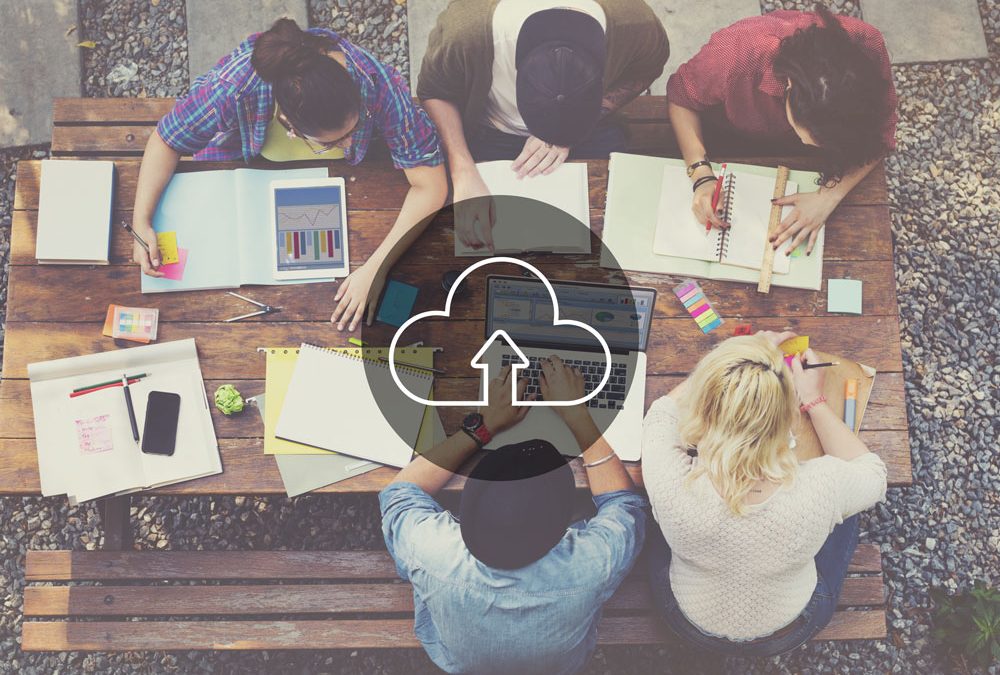
Gear up Your Technology in the New Year: Is Your Tech in Check?
This time of year we make our lists and check them twice. Is your technology in check for the new year? Here are some checklists to keep and plans to make to get the most from your technology in the new year.

Closing the Door on Cyber Crime
Businesses today are under constant attack from Cyber Criminals. Ransomware, including the WannaCry Virus , is an example of a top threat to avoid. With the risk of lost data, lost productivity and lost reputation, isn’t it time to close the door on Cyber Crime? Here are a few tips to defend your company from potential cyber attacks.

Migrating to the Cloud? Ready for Takeoff?
Companies large and small have migrated to the Cloud Computing model for economic and competitive advantage. As you evaluate your options, here are some questions to ask that will help you get ready.
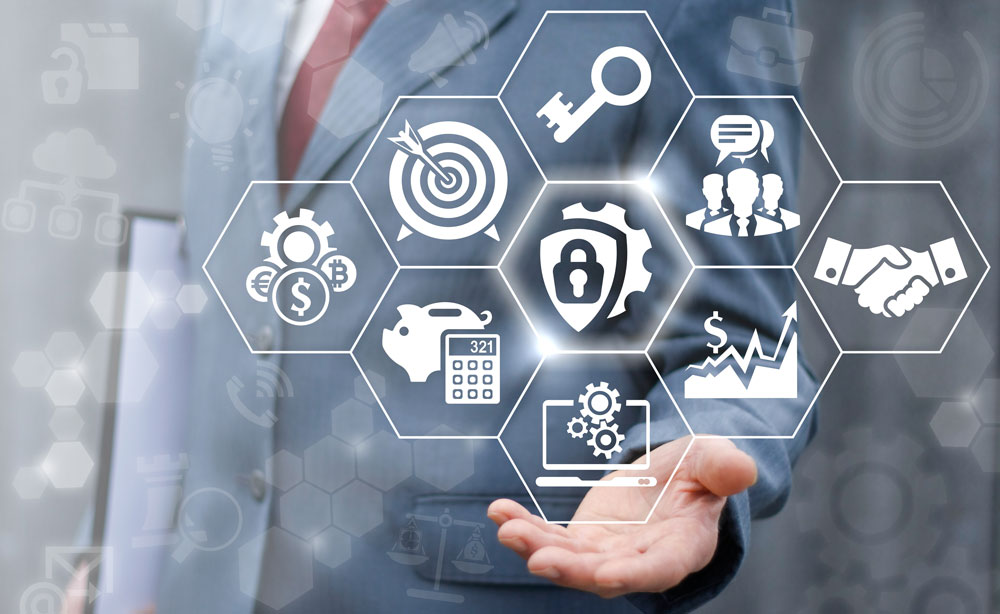
Technology Trends you Will Hear About in 2018
According to technology research firm Gartner Group, technology spending is expected to grow to $3.7 Trillion dollars in 2018. Communications Services ($1.387 billion) and IT Services ($931 billion) make up the majority of spending. In contrast, Enterprise Software and Data Center Systems are the smallest categories of spending expected for next year. Shifts in IT spending from Data Centric to Cloud Computing change the landscape for buyers, vendors and technology solution providers alike. Here are top Technology Trends you will hear about in 2018.
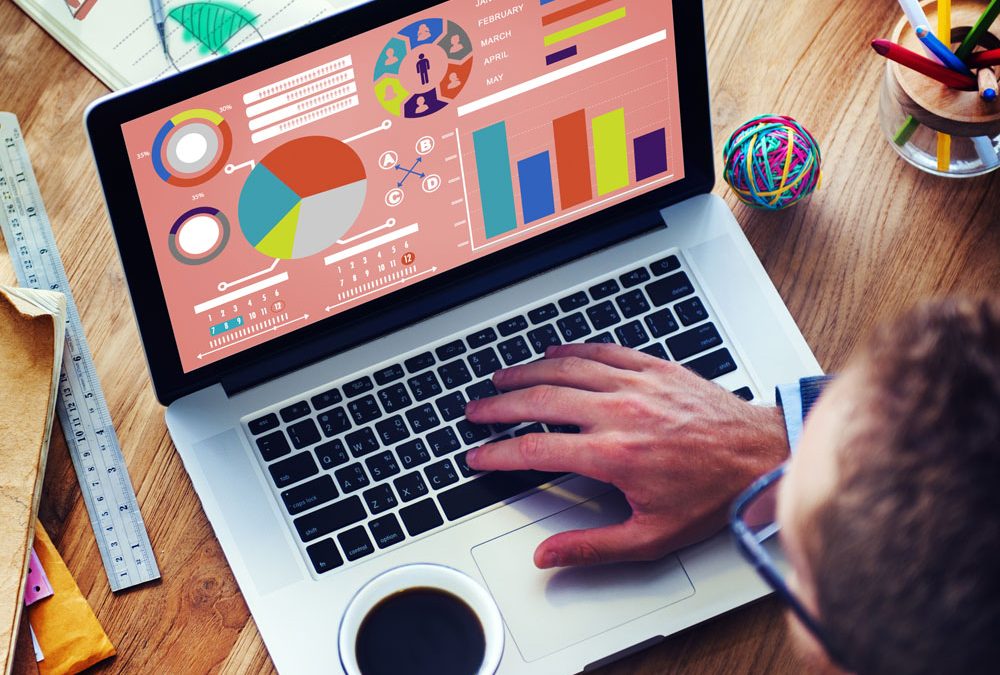
What’s in Your Technology Budget Next Year?
Many companies start their budget this time of year. As you are thinking about strategic investments, consider how you can leverage technology to improve customer service, make your employees more productive, and possibly save money. Here are a few considerations for next year’s technology budget.
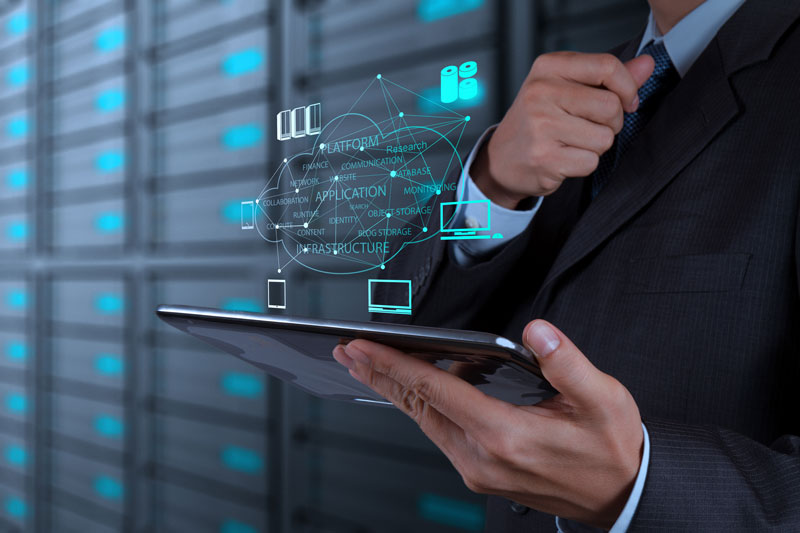
What’s in Your Data Center?
Most experts agree we will create more Data this year than in all prior years combined. According to research firm IDG the world will create 163 zettabytes of data a year by 2025. It is no surprise IDC forecasts worldwide spending on public cloud services and infrastructure to reach $122.5 billion in 2017, an increase of 24.4% over 2016. What is driving this growth and what do you need to know to manage what’s in your data center?
The IoT Security Challenge
The internet of Things (IoT) is much-talked-about technology. Driven by low-cost sensors, ubiquitous connectivity and updates to the Internet Protocol (IP), IoT is rapidly being adopted. Research firm Gartner expects over 8 billion devices connected in 2017. Cities use IoT to relieve parking congestion by collecting data on open parking spots; farmers can measure moisture in soil; and manufacturers use this technology to track inventory in their supply chain. Because these devices may use machine-to-machine connectivity without human intervention, this can increase the IoT Security Challenge. Here are some security considerations for IoT.
Disaster Recovery and Data Protection –Now More Than Ever
Recent Hurricanes Harvey and Irma, along with major earthquakes in Mexico, remind us how vulnerable we can be to disasters, and underscore the importance of data protection. As businesses depend on access to a range of systems–including call center, communications and collaboration application, customer management, and more–having a solid data protection plan can help you in a disaster recovery scenario. Now more than ever, a range of options exist to help maintain business continuity. Here are a few options to consider.
